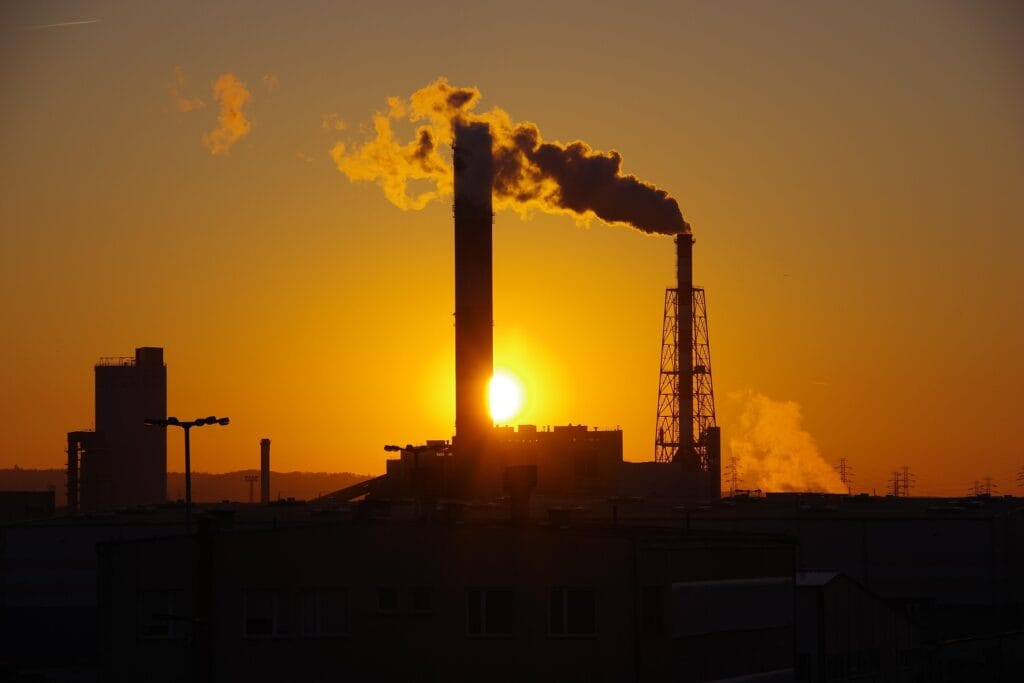Navigating Geopolitical Risks: How Oil and Gas Procurement Adapts in the Middle East in 2025

Introduction
The Middle East remains a cornerstone of global oil and gas production, but geopolitical tensions continue to shape its energy landscape. From conflicts affecting oil prices to shifting trade alliances, procurement teams face unprecedented challenges in 2025. For companies like Gasify Middle East, ensuring a resilient supply chain is critical. This blog explores how oil and gas procurement adapts to geopolitical risks, offering strategies to maintain efficiency and reliability in an unpredictable region.
The Geopolitical Landscape in 2025
Recent events, such as ongoing tensions in the Israel-Gaza region and Iran’s shifting role in OPEC, have ripple effects on oil markets. According to a 2024 Georgetown Journal of International Affairs article, geopolitical risks directly influence oil price volatility, with Brent crude fluctuating between $70-$85 per barrel in early 2025. These fluctuations impact procurement budgets, forcing companies to rethink sourcing strategies. Additionally, trade disruptions in the Red Sea due to Houthi activities have increased shipping costs by 15%, per industry reports, affecting pipe and valve deliveries.
Adapting Procurement Strategies
- Diversifying Supplier Networks: Relying on a single supplier is risky amid regional instability. Procurement teams are expanding partnerships across the UAE, Saudi Arabia, and even non-Middle Eastern markets like India to ensure supply continuity. For instance, Gasify Middle East’s robust network ensures access to high-quality flanges and fittings despite disruptions.
- Leveraging Technology for Forecasting: Advanced analytics and AI-driven tools help predict price spikes and supply chain bottlenecks. By integrating IoT-enabled inventory systems, companies can optimize stock levels, reducing costs by up to 10%, as per Deloitte’s 2025 energy outlook.
- Prioritizing Local Expertise: Understanding regional regulations and cultural nuances is key. Partnering with local vendors ensures compliance with standards like Aramco’s In-Kingdom Total Value Add (IKTVA) program, enhancing operational efficiency.
Case Study: Resilience in Action
In 2024, a major UAE-based refinery faced delays in valve procurement due to Red Sea disruptions. By pivoting to local suppliers and using predictive analytics, the company reduced downtime by 20%. Gasify Middle East played a pivotal role, delivering API-certified valves within 48 hours, showcasing the power of agile procurement.
Sustainability Amid Risks
Geopolitical pressures also accelerate the shift to natural gas and renewables. Procurement teams are sourcing eco-friendly materials, like corrosion-resistant pipes, to align with net-zero goals. In 2025, Saudi Arabia’s Vision 2030 emphasizes sustainable supply chains, encouraging companies to adopt green procurement practices.
Conclusion
Navigating geopolitical risks in the Middle East requires agility, foresight, and strategic partnerships. By diversifying suppliers, leveraging technology, and embracing sustainability, oil and gas procurement can thrive in 2025. Gasify Middle East stands ready to support businesses with reliable solutions, ensuring seamless operations no matter the challenge.
